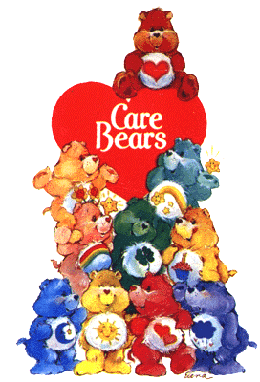The Flintstones: From the Stone Age of Television To Today
What can I say that hasn’t already been said over and over again and again? The Flintstones is a giant among giants. The mere fact that we are celebrating its 50th anniversary today is proof that the Flintstones has been enormously successful. The closest parallel in terms of popularity has been The Simpsons, a part-parody of today’s topic (remember this?) and who undoubtedly succeeded because of it.
We all know what made the show successful: strong, easily identifiable characters, its primetime slot on ABC, a few celebrity voices (that were perfect for the roles), the experience and expertise of William Hanna and Joe Barbera, it’s similarities to successful, live-action sitcoms (The Flinstones were directly based on The Honeymooners) and last but not least, the sheer novelty of being an animated show at a time when cartoons were already being driven into the kiddie domain.
Without going into my likes and dislikes of the show, it’s safe to say that The Flintstones are of the highest quality. It is a wonder how much better things would be if they had stretched the animation budget just a tiny little bit further, but, having said that, the limited animation look of the show plays second fiddle to the stone age design and the hilarious consequences of such.
It continues to defy its age. Think about any live-action show from the era, it’s clear that they belong to that particular time. The Flintstones could have been made 10 years ago (and in the case of The Jetsons, the late 80s) and it would still be considered innnovative.
The Flintstones is unlikely to be unseated from its perch anytime soon. The Simpsons still has another 30 years or so to play catch-up, but that show’s unprecedented 22 year run ensure it’s place in the history books as well. With the coming storm in the media market, we will never again see such TV shows, Indeed shows like The Flintstones and The Simpsons are already an extinct species.
The influence of Fred, Barney, Wilma Betty, Pebbles and Bam-Bam is still being felt in TV today. References abound, imitations exist, merchandise continues to sell, and people continue to watch a show that by all rights should be well past its sell by date.
The Flintstones is not a lesson in how to make a great TV show, rather, it is proof that animation can be superior to live-action in many respects and can be popular with kids and grown-ups alike. It is a historical anomaly that was an extremely lucky break for Hanna-Barbera who finally managed to gain a foothold in the maintream media and the public’s consciousness as a result.
The Flintstones: From the Stone Age of Television To Today Read More »



 Via
Via 




